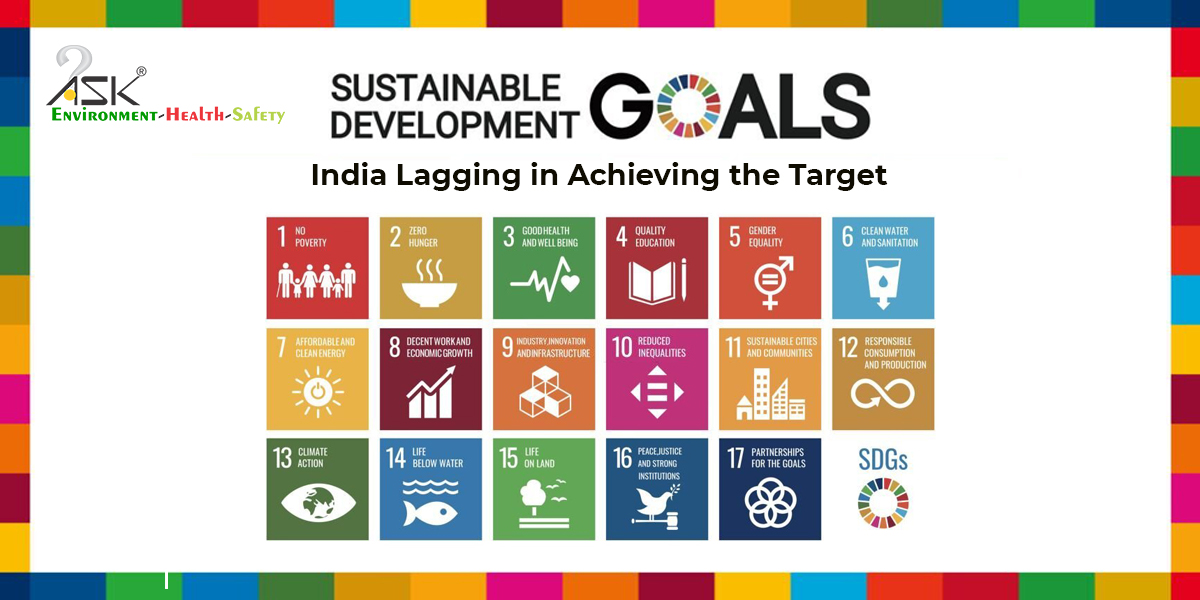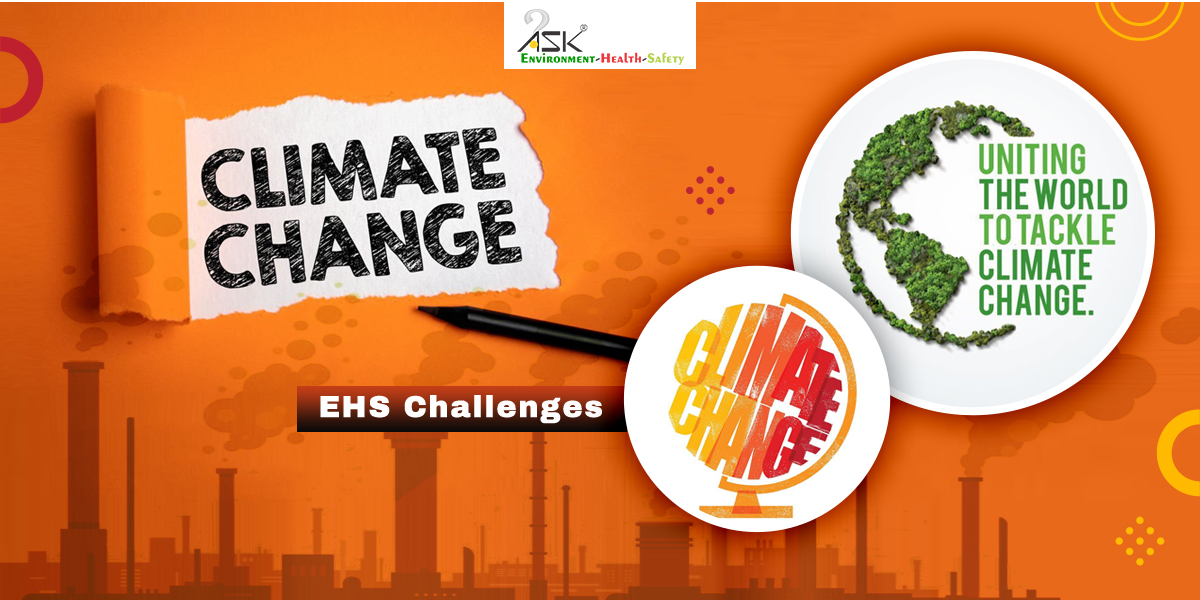Managing disasters during COVID-19

While slowing the spread of COVID-19, people are managing disasters, which shows that we are facing tougher times than usual. Cyclone Harold hit Pacific countries in April; in Canada, Manitoba and Ottawa province fought against snow melting. In India, Assam alone faced a death toll of 133, where 107 were killed in flood-related incidents and 26 in landslides.
The 2020 hurricane and flood season will certainly not elicit a typical disaster response – not the response that is being meticulously planned for years. COVID-19 has added layers of complexity in terms of human response – rescue and evacuation will face social distancing requirements, the added costs of the disease itself and the subsequent personnel drain as its result.
With incredible compounding effect from this pandemic and others, it becomes important that companies and local businesses in a country collaborate to strengthen their risk preparedness.
Networking plays an important role in identifying vulnerabilities of hazards – companies should improve their ability to reduce and manage risk and protect their workforce. Their contribution in times of emergency can help develop new mechanisms and processes that allow them to recover quickly in the wake of the crisis.
Having said that, there are certain steps by which they should begin. An industry’s emergency plan should reflect social distancing and quarantine requirements and the virus’ impact on staff resources. Additional sheltering opportunities must be watched out, simply because options of congregate shelters will be diminished due to six-foot distancing restrictions.
Non-congregate facilities such as hotels and motels must be evaluated – this is an appropriate time to leverage business relationships with area business leaders to secure commitments for beds at reasonable pricing.
With shelter in place, the plan should address necessities such as food and water for at least few weeks. All such efforts on the organization part can hence reduce strain on the first responders.
For example, logistics companies may transport emergency supplies to the areas that are deeply affected by the disaster, telecommunication companies may use their network to send out emergency messages.
For all such arrangements, understanding one’s funding options and taking proactive steps to assess, plan and document response actions become vital – in the actual crisis, one will definitely not find time to stay concerned about the reimbursements.
Documentation remains key – right from labour costs, status of actions performed, cataloguing and consolidating actions and costs provides visibility to the necessary staff, thereby giving the right idea to plan.
The combination of natural hazards and health epidemics is not normal – the year 2020 has witnessed this after a long time. When businesses engage directly with humanitarian actors in a harmonized way, their capabilities and resources can be utilized at times when it is needed the most.
Also, the right information when disseminated leads to a prepared and ready workforce, ultimately giving strong business-continuity and planning and positioning themselves better than others in times of emergency. If not monetary assistance, least they can do is create a single point-of-contact to interact in urgency, because rapid actions like these speak for themselves.
Floods, hurricanes, and cyclones create volatile crisis scenarios – it presents daunting challenges, which seem insurmountable. Industries and communities that work proactively to identify risks, remedies and costs can respond effectively and sustain resilience.
Image courtesy: Car driving through flooded road after Hurricane Irene, original photo can be found here photostream on Flickr – under title, Andrew Russell, accessed on 31-July-2020 – image resized.


